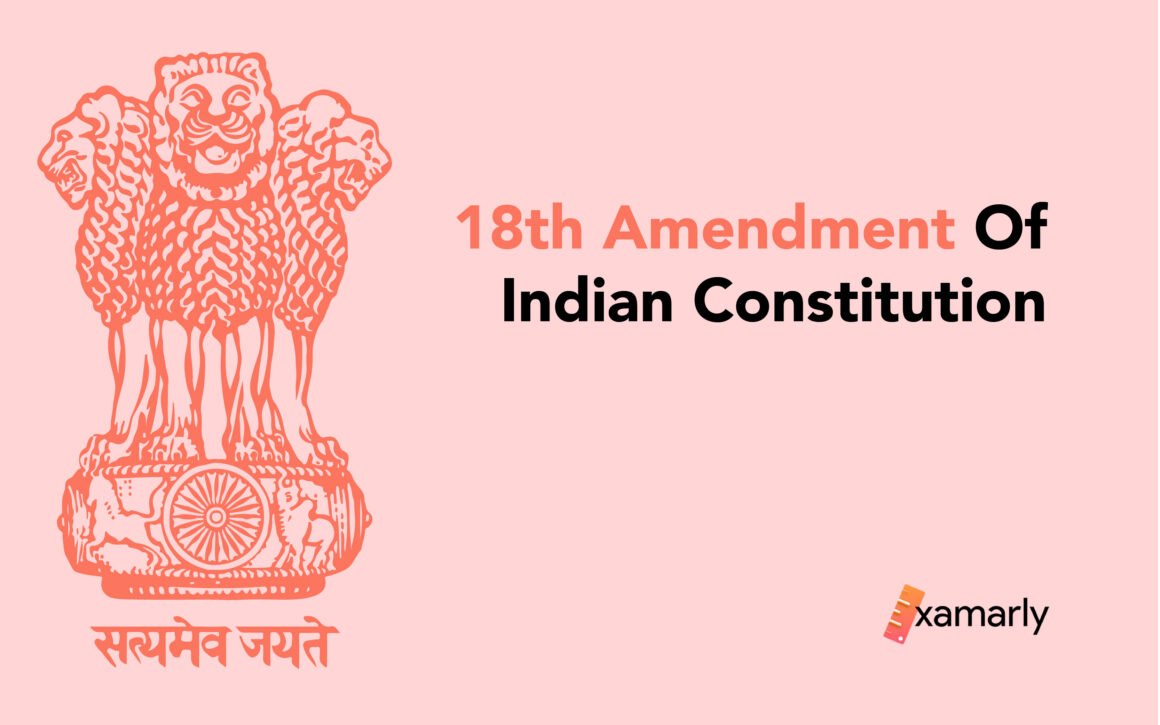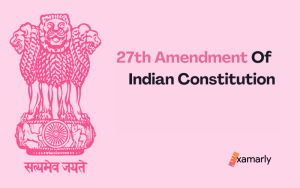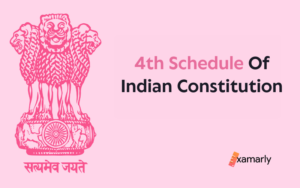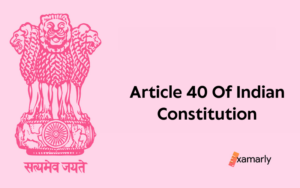The 18th Amendment Of Indian Constitution is officially referred to as The Constitution (Eighteenth Amendment) Act, 1966. This Act revised Article 3 of the Constitution to give new meaning to the terms “State” and “Union territories”. The modification clarified that in Article 3, the term “State” in clauses (a) to (e) must include “Union territories”. However, this was not applicable in the proviso. It further explained that the power under clause (a) involves the authority of the Parliament for the formation of a new State or Union territory. This may be done by joining a part of any State or Union territory with some other State or Union territory.
- 18th Amendment Of Indian Constitution: The Rise of Union Territories
- What All Was Proposed And Said
- Salient Features And Facts
- Date Enacted
- The Reason Behind The 18th Amendment Of Indian Constitution
- Prominent People Involved
- Important Provisions Under 18th Amendment Of Indian Constitution
- Ratification
- Summing Up
- FAQs about the 18th Amendment Of The Indian Constitution
18th Amendment Of Indian Constitution: The Rise of Union Territories
Article 3 of the Indian Constitution was concerned with the establishment of new States. It also provided for altering names, areas, or boundaries of existing States. Hence, it needed modification to include the concept of “Union territories” within the meaning of “State” in clauses (a) to (e), but not in the proviso. This would allow the reorganization of Union territories. Therefore, this amendment was crucial for the formation and rise of Union territories.
Related – Annexation of Dadra and Nagar Haveli
What All Was Proposed And Said
The need to amend Article 3 of the Indian Constitution was realized. This was achieved through the Constitution (Nineteenth Amendment) Bill, 1966. It was introduced in the Lok Sabha. However, the force required for considering the bill did not attain a majority. The revisions requested in the bill were merged with the Constitution (Twentieth Amendment) Bill,1966. This was because both had the same text. The newly merged bill was then introduced in the Lok Sabha to amend Article 3. Following this, the bill was discussed and eventually passed.
Salient Features And Facts
The 18th Amendment of the Indian Constitution was landmark legislation for the newly emerging States and Union territories. Some features and facts related to this are provided below.
The Twentieth Amendment Bill of the Indian Constitution was introduced in 1966. This bill included the Statement of Objects and Reasons for the 18th Amendment of the Constitution of India. The Seventh Amendment of the Indian Constitution passed in 1956 introduced the concept of “Union territories” in our Constitution. Prior to this, “States” mentioned in Article 3 referred to Part A, Part B, and Part C states. This article needed revision to clarify “States”. This term in clauses (a) to (e) of the article must incorporate “Union territories”, but not in the proviso.
Date Enacted
The 18th Amendment bill was initially passed on August 10, 1966, by the Lok Sabha. Further, it was passed on August 24, 1966, by the Rajya Sabha. It was approved on August 27, 1966, and commenced on the same date.
You Might Also Like – Article 11 Of The Indian Constitution
The Reason Behind The 18th Amendment Of Indian Constitution
The reason behind Article 3 undergoing amendment was to include “Union territories” in “States” under clauses (a) to (e). In addition to that, it gave power to the Parliament to form a new State or a Union territory, or to modify the area, boundary, or name of any existing State.
Prominent People Involved
The bill was introduced in the Lok Sabha by Jaisukh Lal Hathi on May 9, 1966. He held the position of the Minister of State within the Ministry of Home Affairs. However, the bill did not gain a majority in this attempt. The then Minister of State within the Ministry of Law, C.R. Pattabhi Raman introduced The Constitution (Twentieth Amendment) Bill, 1966 on July 25, 1966. It was done for the revision of Article 3. The statement of objects and reasons in the bill was framed by G. L. Nanda. Ultimately, the amendment came into effect on August 27, 1966, with the approval of President Zakir Hussain.
Important Provisions Under 18th Amendment Of Indian Constitution
The important provisions of the 18th Amendment of the Indian Constitution have been summarized in the following lines.
1. It provides authority to the Parliament to exercise the formation of a new State by separation of territory from any State, by combining two or more States or certain parts of States, or by bringing together a part of any State with any territory;
2. Parliament of India has the right to increase the area of a State;
3. It may even decrease the area of a State;
4. The boundaries of any State can undergo alteration;
5. Lastly, the name of any State can also be changed.
Ratification
Initially, the bill was discussed and passed by the Lok Sabha on August 10, 1966. It was taken into account and on August 24, 1966, the bill was passed by the Rajya Sabha. President Zakir Hussain gave his approval on August 27, 1966. It was put to force on the same day itself.
Summing Up
The 18th Amendment to the Indian Constitution is an essential change for the emergence of new States and Union territories. It modified Article 3 using explanation and adding new meaning to “State” and “Union territory”. A new State could be formed by the separation or joining of States and their parts with territories by Parliament when needed. Furthermore, it allowed the change of name, boundary, increase, and decrease in the area of any State.
FAQs about the 18th Amendment Of The Indian Constitution
Q1. When did the 18th Amendment of the Indian Constitution take place?
The 18th Amendment of the Indian Constitution took place in the year 1966.
Q2. What is the 18th Constitutional Amendment Act?
The 18th Amendment Act was passed after the amendment of Article 3 of the Indian Constitution. It added to the explanation of “State” and “Union territories” in Article 3. This article of the Constitution provides for the creation of new States. It also provides for the modification of the areas, boundaries, or names of any of the existing States.
Q3. Which all states were formed after the 18th Amendment Of The Indian Constitution?
The states of Punjab and Haryana were formed after the provisions of Article 3 were amended under the 18th Amendment Act.






